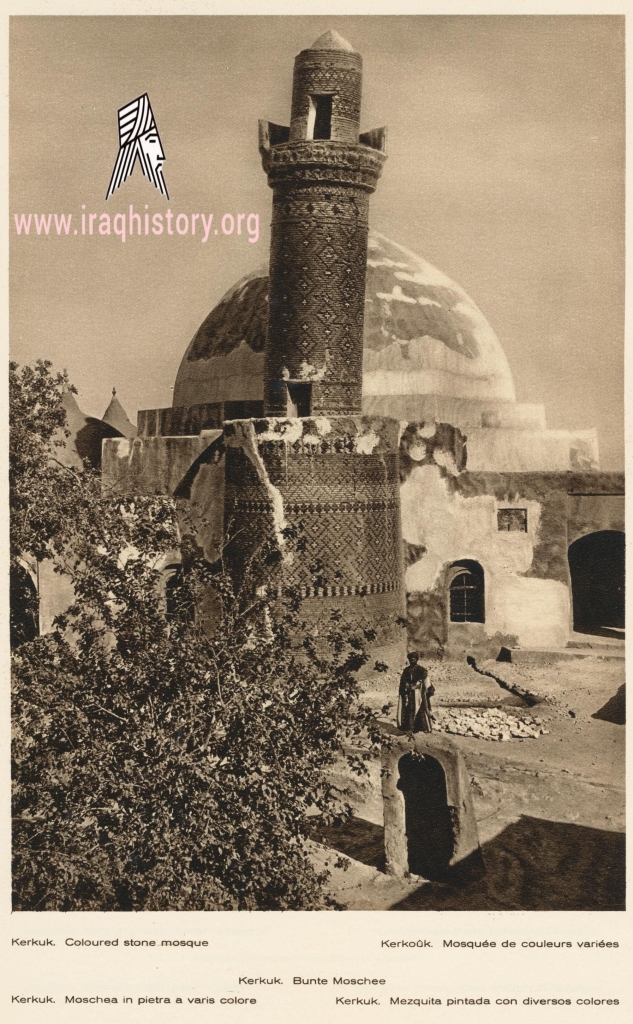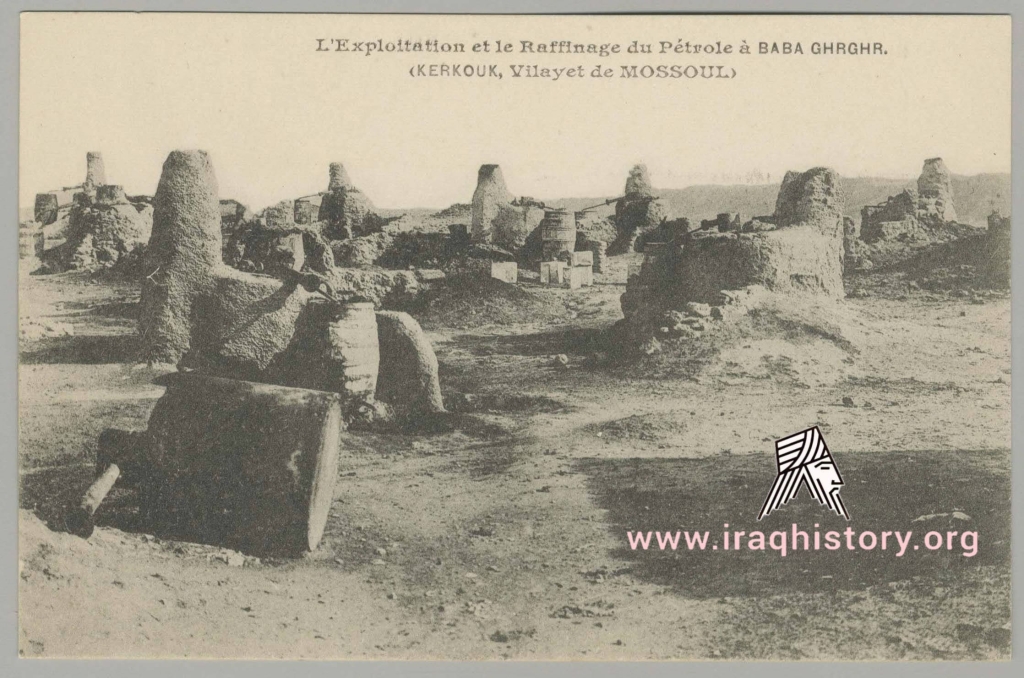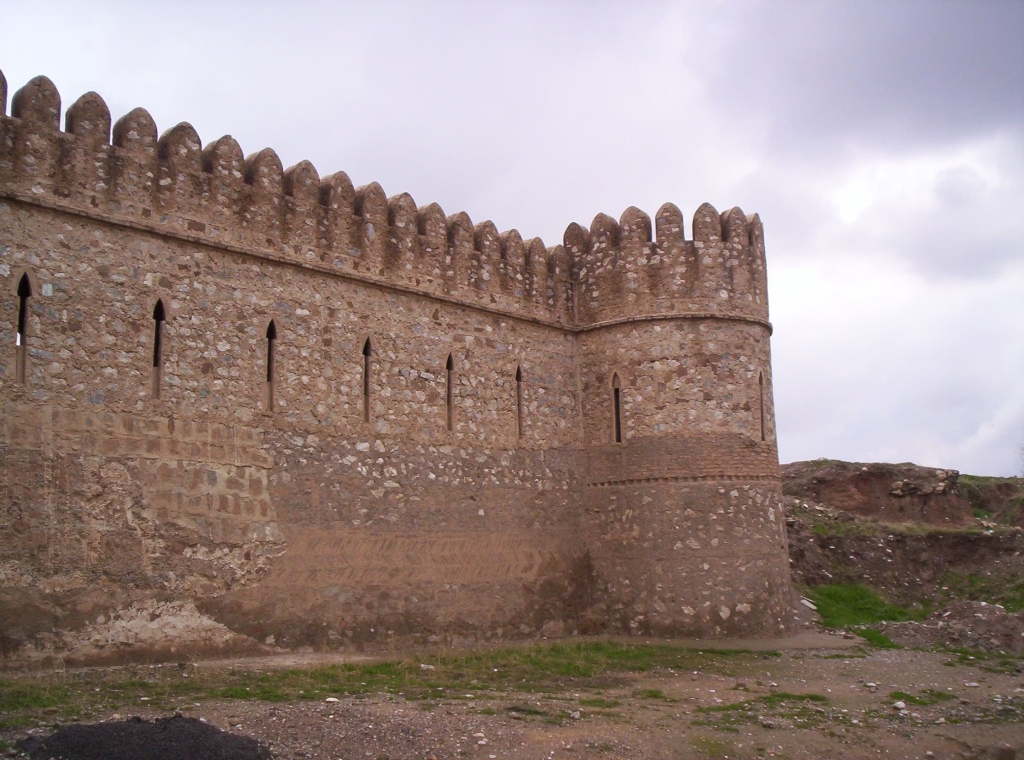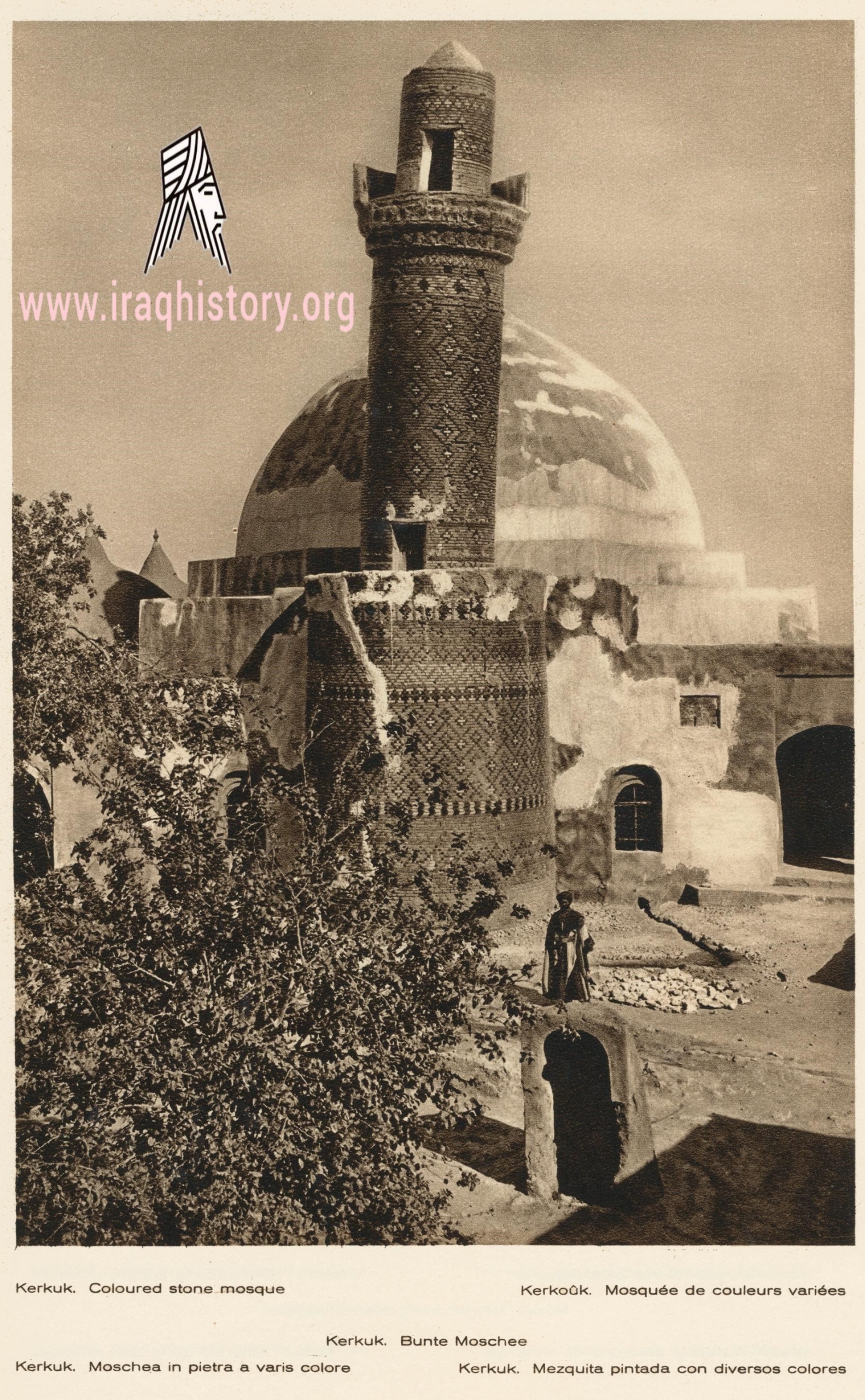Entry into the Kingdom of Iraq
As both Turkey and Great Britain desperately wanted control of the Vilayet of Mosul (of which Kirkuk was a part), the Treaty of Lausanne in 1923 failed to solve the issue. For this reason, the question of Mosul was sent to the League of Nations. A committee travelled to the area before coming to a final decision: the territory south of the “Brussels line” belonged to Iraq. By the Treaty of Angora of 1926, Kirkuk became a part of the Kingdom of Iraq.


In 1927, Iraqi and American drillers working for the foreign-owned and British-led Iraq Petroleum Company (IPC) struck a huge oil gusher at Baba Gurgur (“St. Blaze” or father blaze in Kurdish) near Kirkuk. The IPC began exports from the Kirkuk oil field in 1934. The Company moved its headquarters from Tuz Khormatu to a camp on the outskirts of Kirkuk, which they named Arrapha after the ancient city. Arrapha remains a large neighborhood in Kirkuk to this day.which they named Arrapha after the ancient city. Arrapha remains a large neighborhood in Kirkuk to this day. The IPC exercised significant political power in the city and played a central role in Kirkuk’s urbanization, initiating housing and development projects in collaboration with Iraqi authorities in the 1940s and 1950s

Kirkuk Citadel
The origins of the citadel are disputed; some historians believe the oldest parts of the structure were built by the nomadic Gutian people around 3,500 years ago, others assert that the citadel was constructed by the Assyrian king Ashurnasirpal II between 850 and 884 BC.
King Seleucus I Nicator built a strong rampart with 72 towers around the 72 streets and the two entries to the citadel. A jewel of the citadel is the so-called “Red Church”, with traces of mosaics dating to the period before the Islamic conquest of Iraq in the 7th century. It is believed that Timur visited the citadel in 1393 during his military expedition. The modern walls go back to the Ottoman period.
In the 1990s, Saddam Hussein, announced a campaign to beautify the walled citadel. A large number of historical and religious sites still exist there, including a monument believed to be the Tomb of Daniel.


